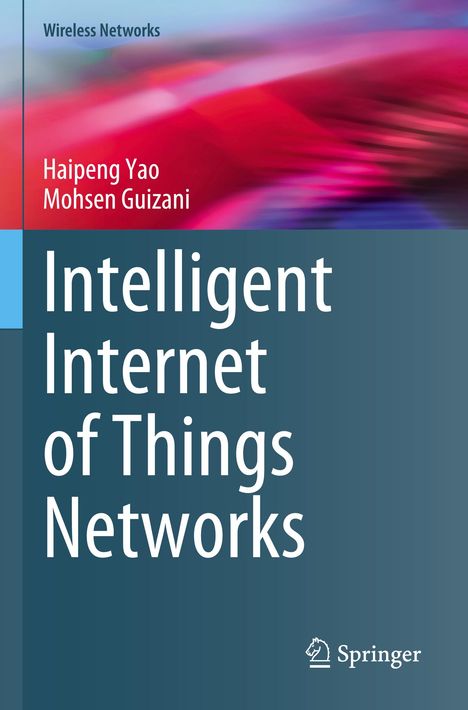Mohsen Guizani: Intelligent Internet of Things Networks, Kartoniert / Broschiert
Intelligent Internet of Things Networks
(soweit verfügbar beim Lieferanten)
- Verlag:
- Springer International Publishing, 06/2024
- Einband:
- Kartoniert / Broschiert, Paperback
- Sprache:
- Englisch
- ISBN-13:
- 9783031269899
- Artikelnummer:
- 11907107
- Umfang:
- 420 Seiten
- Nummer der Auflage:
- 2023
- Ausgabe:
- 2023
- Gewicht:
- 633 g
- Maße:
- 235 x 155 mm
- Stärke:
- 23 mm
- Erscheinungstermin:
- 28.6.2024
- Hinweis
-
Achtung: Artikel ist nicht in deutscher Sprache!
Weitere Ausgaben von Intelligent Internet of Things Networks |
Preis |
|---|
Klappentext
This book provides an overview of the Internet of Things Network and Machine Learning and introduces Internet of Things architecture. It designs a new intelligent IoT network architecture and introduces different machine learning approaches to investigate solutions. It discusses how machine learning can help network awareness and achieve network intelligent control. It also dicusses the emerging network techniques that can enable the development of intelligent IoT networks.
This book applies several intelligent approaches for efficient resource scheduling in networks. It discusses Mobile Edge Computing aided intelligent IoT and focuses mainly on the resource sharing and edge computation offloading problems in mobile edge networks. The blockchain-based IoT (which allows fairly and securely renting resources and establishing contracts) is discussed as well.
The Internet of Things refers to the billions of physical devices thatare now connected to and transfer data through the Internet without requiring human-to-human or human-to-computer interaction. According to Gartner's prediction, there will be more than 37 billion IoT connections in the future year of 2025. However, with large-scale IoT deployments, IoT networks are facing challenges in the aspects of scalability, privacy, and security. The ever-increasing complexity of the IoT makes effective monitoring, overall control, optimization, and auditing of the network difficult. Recently, artificial intelligence (AI) and machine learning (ML) approaches have emerged as a viable solution to address this challenge. Machine learning can automatically learn and optimize strategy directly from experience without following pre-defined rules. Therefore, it is promising to apply machine learning in IoT network control and management to leverage powerful machine learning adaptive abilities for higher network performance.
This book targets researchers working in the Internet of Things networks as well as graduate students and undergraduate students focused on this field. Industry managers, and government research agencies in the fields of the IoT networks will also want to purchase this book.


